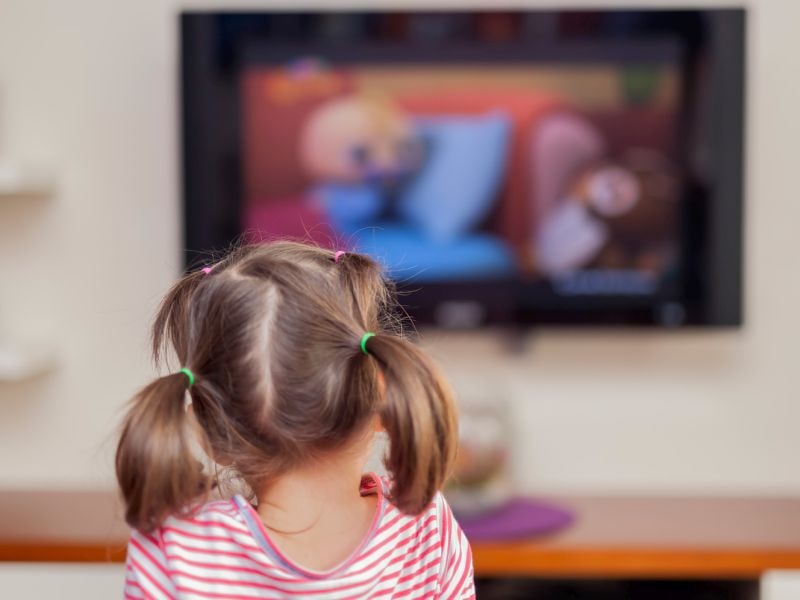
The Digital Television Revolution
Before the electronic switchover, analogue tv was source starving in terms of the amount of data transfer required to carry a single network. This is typically in between 6 – 8 MHz relying on the kind of video clip standard being made use of. This limited the variety of networks which could be transferred, because there is a limited quantity of spectrum that need to be shown other solutions such as mobile, radio and two way interactions.
What the electronic standards of ATSC (The United States And Canada) and also DVB (Rest of the Globe) offered was the ability to reuse the existing analogue spectrum more effectively. This meant a normal 8 MHz service provider used for analogue broadcast could be converted to DVB-T (Digital Video – Terrestrial) making it feasible to carry 9 common definition channels or 3 HD networks plus one SD channel for the exact same quantity of data transfer.
It would have called for in excess of 70 MHz of regularity spectrum to achieve this with the old analogue criterion. In addition to pressing even more networks into less room, digital tv is much more clear and doesn’t deal with ghosting or various other artifacts which bothered analogue systems. Being electronic additionally permits various other functions like improved electronic audio, digital program overview and also subtitle assistance to be consisted of.
Televisions are offered with the digital decoder integrated and older televisions can utilize a different collection top box. As technology breakthroughs, we will certainly additionally see renovations in the compression strategies made use of, which means even more material for digital media, currently this has enabled 3D broadcasts for some events such as the Olympics.
The Future
Eventually as fibre to the residence is deployed worldwide, the all IP allowed set leading box will certainly replace the DVB criterion, because the IP established leading box has a distinct benefit over electronic program innovations, particularly multicast sign up with requests. Unlike DVB-T or DVB-S, IP multicast permits the receiver to send out a sign up with message to the network for the desired channel then if the demand succeeds the program is routed to the receiver, just the transmission capacity for the requested network is made use of. With the DVB criterion, all readily available channels are being broadcast concurrently, and also the channel count is restricted by the finite amount of network transmission capacity despite the compression techniques being made use of.

The IP set top box can sustain both careful multicast (one to several) as well as on demand unicast (one to one) program, this permits practically limitless quantity of content. Nevertheless, unlike DVB, IP set leading boxes have to stress over latency and QOS, given that there is traffic contention with both property broadband and IP Telephony. An inadequately carried out IPTV release can act like analogue television in an over subscribed company network, unless the appropriate traffic administration remains in location.
High Definition
Today HD is regarded as superior material by most operators and also is billed at a greater price than SD (Standard Meaning). Nonetheless, over time this will certainly change as individuals update their televisions to HD versions. Today there are two criteria for digital HD broadcast, 720p and also 1080i. The ‘p’ means dynamic as well as the ‘i’ indicates interlaced. In 720p broadcast, the picture is constructed from 720 horizontal check lines and a vertical resolution of 1280 pixels, which has the advantage that a person frame represents a total image.
In 1080i broadcast, the picture is made from two 540 straight check images which when incorporated make 1080 lines. The upright resolution ends up being 1920 pixels. Many contemporary televisions support playback of 1080p, which is definitely preferred than 1080i specifically in fast moving series where movement blur can be experienced. Nonetheless, on contemporary tvs the difference is barely discernible.
Originally the public uptake of HD was slow, the receivers were pricey as well as the available content was restricted. HD television has actually been an evolution rather than a revolutionary change for a lot of us as well as this is additionally true of electronic tv in general. As electronic switchover proceeds around the world and also consumers change their tvs, electronic will certainly end up being the brand-new requirement. However, it is unfortunate that innovation won’t help to enhance the web content.
If you enjoyed this article about the best TV box Philippines, and would like to read more similar articles please visit their page to learn more.
